Preparations are underway for Tibetans around the world to vote in the 2021 Central Tibetan Administration (CTA) elections. The poll will be an opportunity for the Tibetan exile community to elect a new political leader, with incumbent Sikyong (president), Lobsang Sangay, due to leave office at the end of his five-year term in May 2021. Also contested will be seats on the Chithue (the Tibetan Parliament-in-Exile).
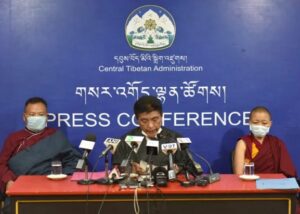 Chief Election Commissioner, Wangdu Tsering, launched the process at a press conference on August 5, stating that, “despite the current challenges precipitated by the COVID-19 crisis, the Office of the Election Commission (EC) is committed to conducting the 2021 general elections as per the stipulated time period”.
Chief Election Commissioner, Wangdu Tsering, launched the process at a press conference on August 5, stating that, “despite the current challenges precipitated by the COVID-19 crisis, the Office of the Election Commission (EC) is committed to conducting the 2021 general elections as per the stipulated time period”.
Flanked by newly appointed additional election commissioners, Geshema Delek Wangmo and Sonam Gyaltsen, Tsering also warned against, “the disruptive activities of elements in the society and agents from outside seeking to incite communal disharmony”.
The election chief added his hope that, “the media will play a constructive role and support the EC, CTA in its endeavours to promote a smooth and successful election”.
Responding to concerns that the elections might exacerbate community differences the EC has issued guidelines stating that, “no association of the three traditional provinces, religious denominations [or] non-government organisations can nominate or promote any candidates for Sikyong and Parliamentary elections”. Additionally, the EC has stipulated that, “candidates cannot make use photos of the Dalai Lama, CTA logo, Tibetan national flag and the map of Tibet in their campaigns”.
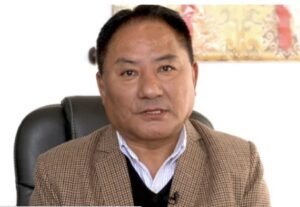
Pema Jungney, Speaker of the Tibetan Parliament-in-exile
Pema Jungney, Speaker of the Chithue, has said previously that, “voters and their candidates, and the candidates’ supporters, should uphold a sense of Tibetan unity in their campaigning and vetting processes”.
Though a date has yet to be confirmed, the election will follow the same guidelines as previous years, with a preliminary round of voting followed by a runoff between the two leading candidates for Sikyong. It has also been announced that the time between the polls will be reduced from 90 to 45 days, and that the successful Sikyong candidate will still be required to gain 51 percent of the vote, even if their opponent withdraws.
As part of efforts to increase engagement in the election the EC has highlighted the launching of its new website, tibetanelection.net. The website will offer up-to-date information concerning the Tibetan elections including electoral rules and regulations, voter education, EC announcements, previous election results and other resources.
Participation in the exiled Tibet elections has been increasing over recent years with the number of registered voters increasing from 82,818 in 2011 to 90,877 in 2016, and the number of voters increasing from 48,482 to 59,853. The exiled Tibetan community is estimated to consist of 150,000 potential voters across 40 countries.
So far three candidates have emerged for Sikyong: former ministers Gyari Dolma and Lobsang Nyandak, and Member of Parliament Acharya Yeshi Phuntsok.
For more about the election click here
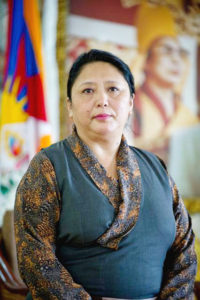
Gyari Dolma
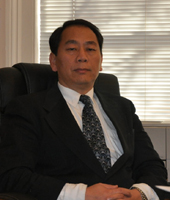
Lobsang Nyandak
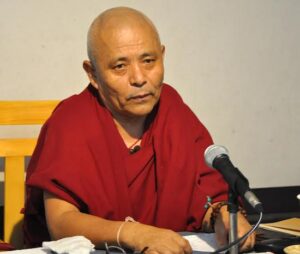
Member of Parliament Acharya Yeshi Phuntsok.




 Print
Print Email
Email